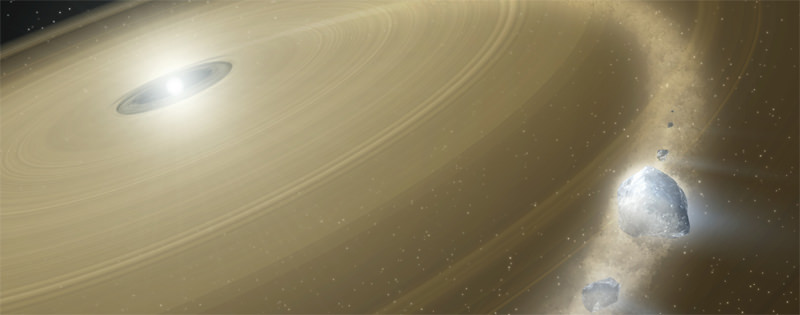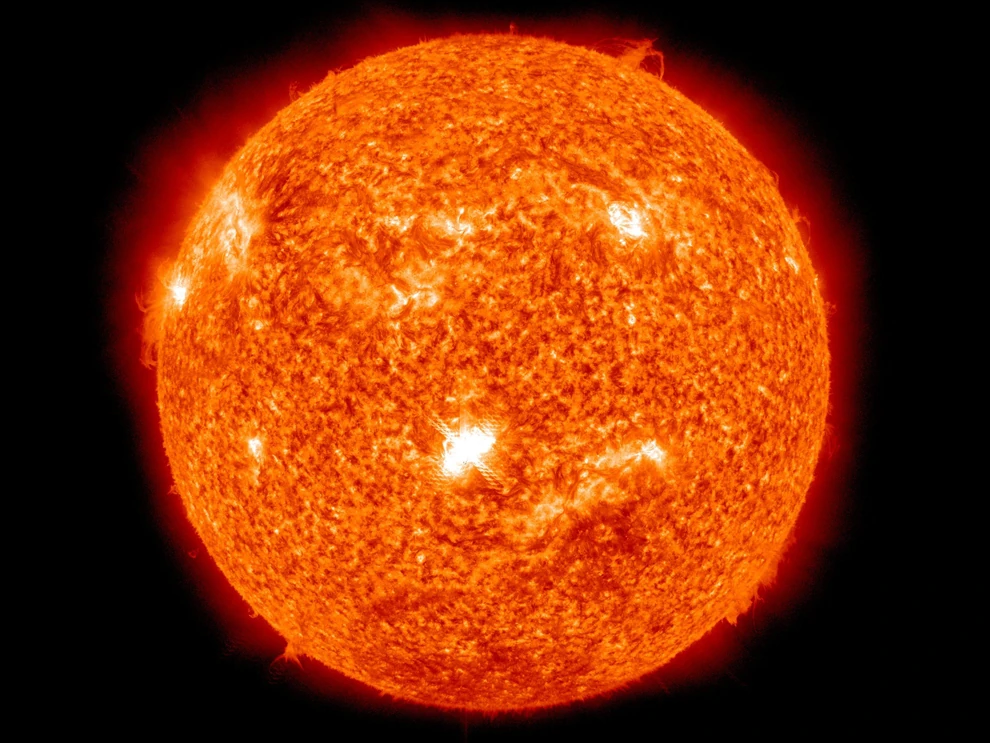Here is an interesting chart showing which entities in our Universe create the various known elements of the Periodic Table.
Right now our sun is fusing helium from hydrogen. Eventually the hydrogen supply will be depleted and the sun will become a red giant which will last for about a billion years. The sun will expel most of its outer material creating a planetary nebula. The core or white dwarf that remains would be about the size of the earth but with 1/2 the mass of the sun. So a teaspoon of matter would weigh as much as a 5 1/2 ton elephant. Apparently our solar system sun is not massive enough to fuse carbon.
 imagine.gsfc.nasa.gov
imagine.gsfc.nasa.gov

 www.universetoday.com
www.universetoday.com

Right now our sun is fusing helium from hydrogen. Eventually the hydrogen supply will be depleted and the sun will become a red giant which will last for about a billion years. The sun will expel most of its outer material creating a planetary nebula. The core or white dwarf that remains would be about the size of the earth but with 1/2 the mass of the sun. So a teaspoon of matter would weigh as much as a 5 1/2 ton elephant. Apparently our solar system sun is not massive enough to fuse carbon.
Imagine the Universe!
This site is intended for students age 14 and up, and for anyone interested in learning about our universe.

The Sun as a White Dwarf Star
[/caption] What will happen to all the inner planets, dwarf planets, gas giants and asteroids in the Solar System when the Sun turns into a white dwarf? This question is currently being pondered by a NASA researcher who is building a model of how our Solar System might evolve as our Sun loses...
 www.universetoday.com
www.universetoday.com




